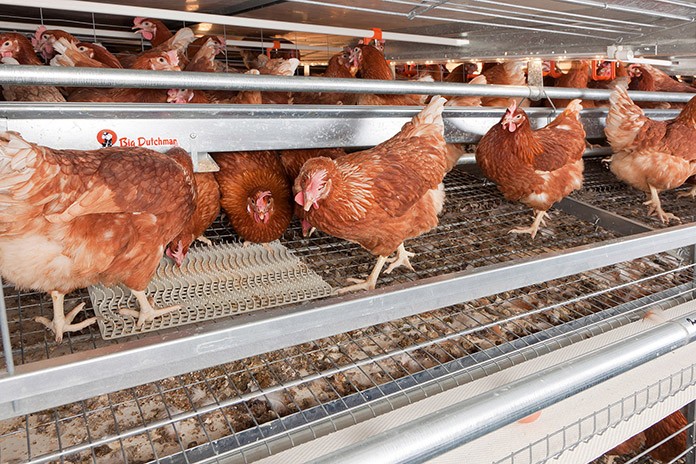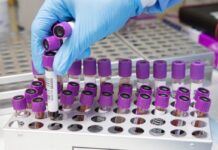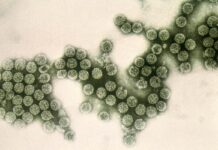
Hen nutrition is important; during the initial period of pullet rearing (<45 days of age), small particle size obtained by grinding of main cereals (screen size <8 mm) are more suitable to beak size and favor feed intake to optimize weight gain. In contrast, before sexual maturity, use of whole cereals or of crude fiber (>5.5 %) promotes feed intake and develop digestive tract capacity.
In addition, management of calcium supply between the pullet and laying stages is important for the development of medullary bone and for supplying calcium needed for eggshell. It also affects egg weight through its effects on feed ingestion during this period. It is recommended to use a pre laying diet containing 2.5% Ca for about 10 days (1kg/pullet) at the early beginning of egg production (15-16 weeks of age) to insure a transition between the development and layer diets.
During the laying period, the challenge in extended production cycles will be to supply feed adjusted to energy and protein requirements to optimize egg output without increasing body weight and fatness, to avoid hepatic steatosis, bone demineralization and maintain good feathering by limiting feather picking. Another difficulty results from the increased heterogeneity in individual egg production with age. Nutrition should be adjusted in old flocks to keep in lay the high productive hens. Dietary energy level is affecting egg mass through its effect on egg weight rather than egg production. There is a mean variation of 0.96g in egg weight when the daily energy intake is higher by 10kcal. This is mainly due to the enrichment in lipids for increasing energy concentration. Hens have the ability to adjust their feed consumption on dietary energy concentration. This adaptation is however partial and high energy diet during the first part of laying period insures growth requirement and heavier early egg weight. Reversely, increased egg weight with age can be alleviated by reducing dietary lipid. Egg weight is also influenced by protein and key amino acid supply to the hens. An additional gram of protein, daily, increase egg weight (+1.4g). Egg weight increased with methionine content, reaching a plateau at 0.36-0.38%. An estimation of the daily requirement relative to the egg weight facilitate the adjustment of protein and amino acid supply to the change in feed intake and hen requirement at a given age. In hens it will be useful to record the daily consumption and to adjust diet composition. The feed intake can be controlled by management of feed distribution, mainly particle size or use of daily sequential feeding. Feed formulation is calculated for a flock not on individual hens.
To face the increased heterogeneity in the flock with age (a mean egg production of 82% can corresponded to only 60% of hens laying between 86 to 97 %, 40 % laying between 40 and 80%). The best strategy is to feed high producing hens to keep their potential, supposing that low producing hen will reduce enough feed intake to limit additional cost. Hen age affected the internal quality of egg (Haugh unit, vitelline membrane) but decreased eggshell quality will be the main reason to stop the production period. Optimal supply of fine and coarse particle size is the most efficient and simple way to reinforce eggshell quality and alleviate excessive bone loss. Hens export 2.2g calcium per egg and require 4 g per day when taking into account calcium retention. There are no strong evidence that phase feeding throughout the laying year (3.5, then 4.5, and finally 5.5% calcium) can limit the deterioration in shell strength and bone reserve with hen age (up to 30% osteoporosis). The use of coarse particle (50 % at beginning to 2/3 at end of lay) convincingly contributes to eggshell strength and limit bone osteoporosis. All nutritional managements (midnight feeding; alternative feeding with various diets; Ca particles) favouring synchronization of calcium intake and shell formation (occurred during the night) reinforce shell strength. Coarse particles help counteract situations unfavourable to shell quality.
The extension of the production period relies on livability and mortality of the birds. The exportation of large amount of energy, protein and calcium highly solicited the liver for yolk formation and the oviduct for eggwhite and shell synthesis. There is a need for more robust and adaptable hens to variable conditions of production throughout different season especially in alternative system as breeding companies select hens fitting with diverse environment throughout the world rather than line specific to one climatic condition. Feeding strategies or use of additives has been proposed to protect the organs involved in the synthesis of egg precursors. Hepatic steatosis (fatty liver syndrome) is partly due to an imbalance in the protein energy ratio and can be alleviated by providing more lipids to limit liver carbohydrate metabolism. Supplementation of choline, inositol, vitamin B12, folic acid and vitamin E has been suggested to prevent accumulation of triacylglycerides in the liver and to limit the incidence of fatty liver syndrome. Supply of dietary 25 (OH) D3 can bypass the liver hydroxylation of vitamin D and improve eggshell quality in case of liver disorders.

















